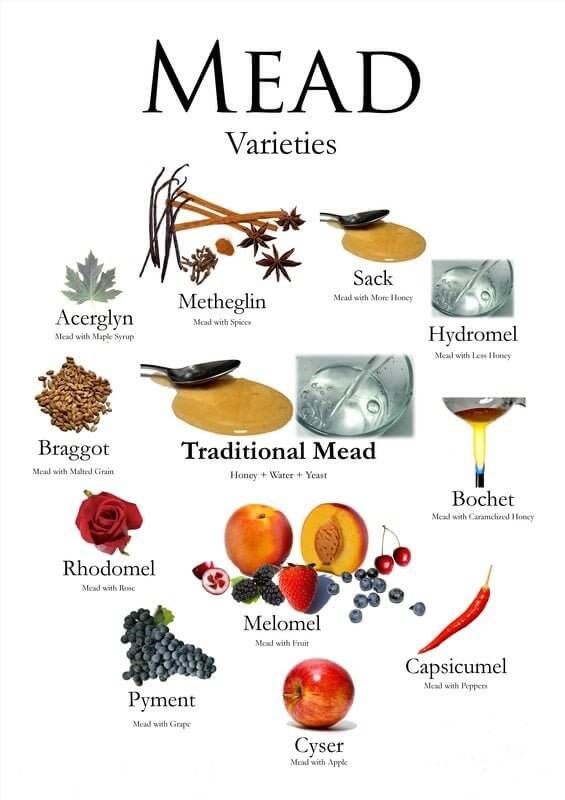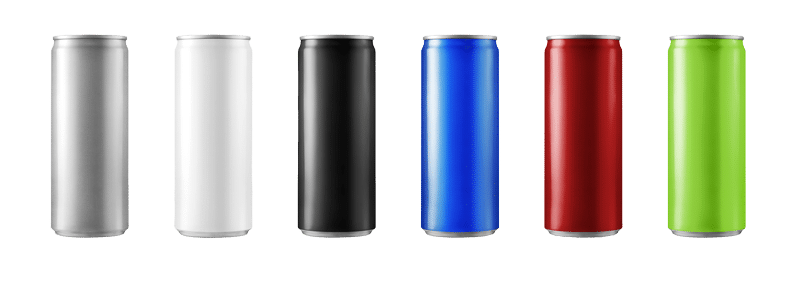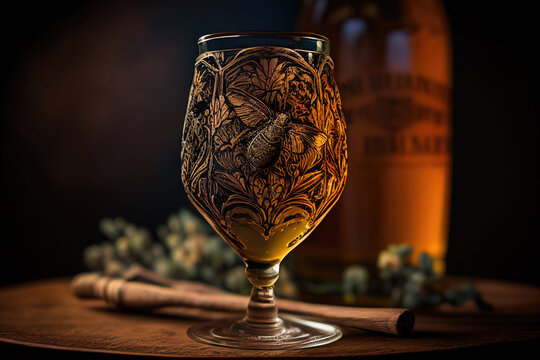Mead spans both geography, time and culture. It would be difficult to define every category in one place. In fact the best attempt we’ve come across is the mead wikipedia article. The article defines many mead variants found around the world. For our purposes and because we understand something better when it is framed in a known context, we’ll define styles based on alcohol categories most people are familiar with. By no means is this list exhaustive or how mead would be classified for homebrew or commercial judging, but it is focused on how most people drink mead which we believe is the most important way to categorize.

MEAD AS WHITE WINE
Mead can be made that approximates white wine in colour and strength. These meads would be made with a clean ingredient list of honey, water and yeast. Traditional in nature, the prominent characteristic of the mead is the honey aroma and flavour much like the grape is to white wine. You would pick a mead from dry to sweet depending on the food choice or occasion to match.
MEAD AS WINE COOLER
These meads would be less than 7.5% in alcohol strength often carbonated or petillant (slightly carbonated), best consumed cold (although we prefer cellar). Often presented in cooler, cider or beer packaging they are excellent for casual social occasions where light and refreshing is the order of the day. There isn’t a particular set of ingredients that define these session meads. They adapt to the place in which they are brewed.
MEAD AS FRUIT WINE
Any combination of honey fermented with fruit would fit this category. The category is distinguishable by fruit and honey being fermented together to produce alcohol as opposed to fruits or juices being added for flavour but not fermentation. It is a mead if the majority of fermented alcohol produced is being derived from honey. These meads are called melomels by meadmakers.
MEAD AS CIDER
Yep you guessed it, mead and apples, has its own category. The technical term being cysers, but it can be cider strength or apple wine strength. The full range of cider flavours and profiles can be found in this category and one could spend a lifetime working with cider apples and honey varieties to match unique flavour combinations. Again it is a mead so long as the majority of fermentation is from honey with apple juice as a complement, otherwise it would fall into cider range.
MEAD AS WINE
Ah honey and grape juice either fermented together or blended after fermentation. This category is called a pyment and is enjoyed like any wine. Much to many people’s surprise honey does not add sweetness unless raw and added after fermentation is complete. Honey dries out a sweeter beverage making it less sweet. Any combination or red or white grape juice may be used with all the range of wine making techniques.
MEAD AS BEER
Yes barley, hops and honey combined to make braggot. Perhaps one of the oldest styles of mead a braggot is made mostly from honey with malt grains added for beer like flavour. It is distinguished from honey beer in that most of the fermentable is from honey not malt. This is a difficult style to find often due to regulatory frameworks that do not allow meadmakers to cross the wine/beer line. But what an amazing category to explore. Braggots back stop any occasion a beer is called for.
MEAD AS SPIRIT
The range of natural fermentation is around 18% alcohol but can sometimes be pushed over 20%. Mead is an excellent mixing drink in any cocktail or can be fortified like any wine pushing it into spirit categories. Distilling mead is a unique category of drink producing unique flavours. We always laugh at distilling because honey is nectar which is a lot of water. The bees remove the water producing honey, we add water back in to make mead and then distillers remove the water again. No wonder mead is called the nectar of the gods. There are also unique meads like bochets (burnt honey) that fit this category which can be a sipping drink or mixed.
MEAD AS MEAD
Finally mead can just be mead. This is perhaps the most exciting category as it encompasses any spice or botanical you can think of adding. We like to think of mead as a natural fermentation process producing basically a spirit at a lower alcohol content. Any botanical is our playground at any range from dry to sweet honey character. We are most excited about launching new meads in this space over time to complement a traditional lineup of sessions.
What is your favorite style of mead? Let us know in the comments below.


